
The Link Between a Low-Carb Diet and Diabetes

It’s no secret that people suffering from diabetes need to be extra conscious about what they eat. Like others, they can’t consume anything they like unless they want to end up in a hospital! It’s critical that they keep their blood sugar levels in check and avoid too many carbs.
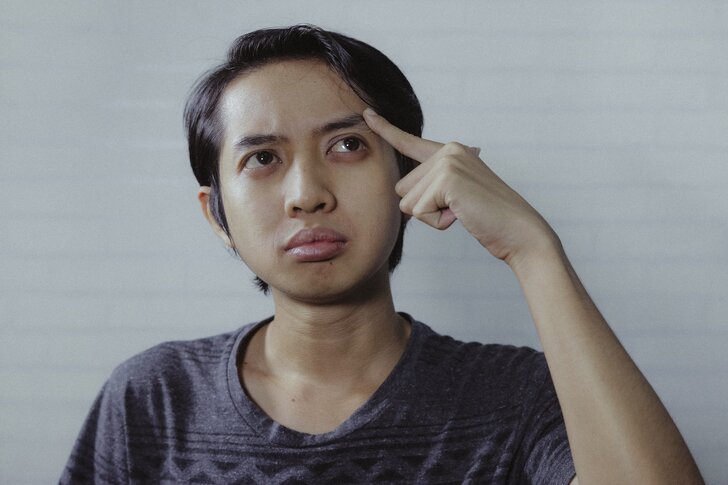
Afif Kusuma/Unsplash | To keep blood sugar levels in check, people suffering from diabetes need to constantly check what they’re eating. They need to control their sugar and well as carb intake
With all those restrictions, they have no other option but to follow a strictly low-carb diet. But often, deciding what to include in a low-carb diet is challenging.
If you too face the same dilemma frequently, stick with us to find out the answers you seek.
First, let’s understand how food choices impact diabetics
Generally, when people eat carbs, their body breaks them into small units of glucose, which is later converted to blood sugar. In the case of a blood sugar spike, a hormone called insulin is released by the pancreas, which balances things out. But things don’t work the same way for people suffering from diabetes.
The bodies of Type 1 diabetes patients are unable to produce insulin, while those of Type 2 diabetes produce it in lesser amounts than needed. In both cases, people have to depend on external sources to get this hormone, and in this condition if they consume too many carbs, it can be extremely harmful to them.

Mykenzie Johnson/Unsplash | Diabetics have to depend on external sources to get insulin, and in this condition if they consume too many carbs, it can be extremely harmful to them
How many carbs are optimal for a diabetic?
TBH, there’s no hard and fast rule for that. Studies indicate that diabetics should restrict carb intake to 20g daily, but Dr. Richard K. Bernstein, who suffers from Type 1 diabetes, has been consuming 30g of carbs regularly and has reported fabulous blood sugar management. His patients who follow the same regime have also stated the same. Even the American Diabetes Association (ADA) says there’s no standard carb intake. However, it suggests people talk to a professional and formulate a diet that supports their bodies’ needs.
Coming to the best low-carb foods!
Numerous items fall in the category of low-carb foods, but you have to make sure you eat something that’s packed with essential nutrients. Below we’ve listed the foods according to their carbohydrate levels, so be smart while choosing them. Remember, these foods are low in carbs, so you can eat them until you’re full as long as you’re getting enough protein.
- Non-starchy vegetables (like brussels sprouts, broccoli, cabbage, carrots, etc.)
- Poultry, seafood, and meat
- Avocados
- Eggs
- Olives
- Cheese, butter
In addition to these, the following foods should be eaten in smaller quantities or as per your body’s carb requirement:
- Yogurt – either plain or Greek (1 cup or less)
- Berries (1 cup or less)
- Flax or Chia seeds (not more than 2 tablespoons)
- Cottage Cheese (1/2 cup or less)
- Dark chocolate (must have at least 85% cocoa and should be consumed less than 30g)
- Any kind of winter squash (1 cup or less)
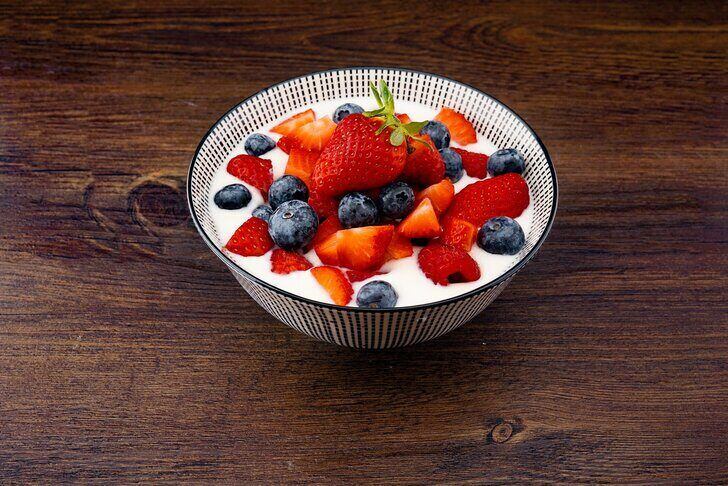
Wesual Click/Unsplash | Yogurts and berries are the best fruits to have if you’re sticking to a low-carb diet
The following foods must be eaten rarely, and in restrictive amounts:
- Starchy vegetables
- Milk
- Bread, cereal, or other grains
- Baked goods or any kind of desserts including candies
- Any fruit other than berries
The bottom line
Now that you know what you should and shouldn’t eat, we hope you’ll take better care of yourself or any other family member who is suffering from diabetes. Plus, don’t forget to take professional help before making any major changes in your diet.
More inHealthy Trends
-
`
Are Popular Diet Trends Actually Good for Your Heart?
Diet trends grab headlines every year, promising everything from glowing skin to dramatic weight loss. But when it comes to the...
July 30, 2025 -
`
Why Are Men Taller Than Women? New Genetic Study Finds Clue
For centuries, the average height difference between men and women has been noticeable—men generally stand about five inches taller. While environment...
July 23, 2025 -
`
How Upcycled Beauty Ingredients Are Reshaping the Industry’s Future
The beauty industry is going through a big shift — and it’s not just about trends. As waste problems grow and...
July 17, 2025 -
`
A Look Inside Faith Kipyegon’s Groundbreaking Mile Run in Paris
Last week in Paris, Faith Kipyegon returned to a place she knows well: Stade Sébastien Charléty. But this time, she wasn’t...
July 9, 2025 -
`
Dairy Is Making a Major Comeback — And Health Shoppers Are Loving It
Just a few years ago, dairy sat quietly in the back seat while plant-based alternatives took the spotlight. Now, it’s stepping...
July 4, 2025 -
`
Does Aging Cause Dental Problems?
Aging doesn’t automatically mean losing teeth or developing gum disease. In fact, older adults today are holding onto more of their...
June 25, 2025 -
`
How Upcycled Ingredients Are Shaping the Future of Cosmetics
What used to end up in bins or compost heaps is now finding a new life inside skincare bottles and beauty...
June 18, 2025 -
`
Rock Legend Rod Stewart Trains to Break Sprint Record at 80
Age isn’t slowing Rod Stewart down. Known worldwide for his legendary voice, stadium-filling tours, and timeless hits like “Maggie May”, the...
June 11, 2025 -
`
The Truth Behind Detox Diets – Health Boost or Risky Trend?
It’s hard to scroll through your feed without seeing someone sipping green juice with promises of instant energy, glowing skin, and...
June 3, 2025



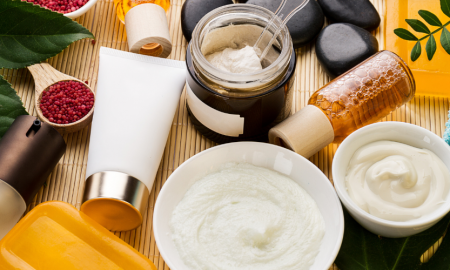

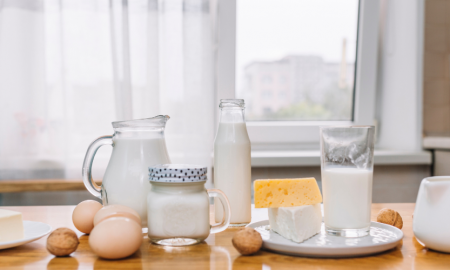





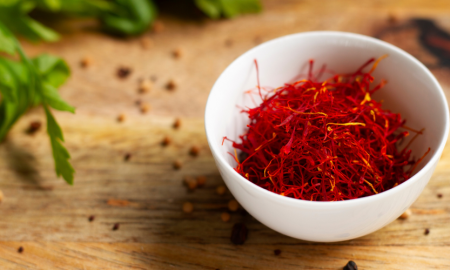


You must be logged in to post a comment Login